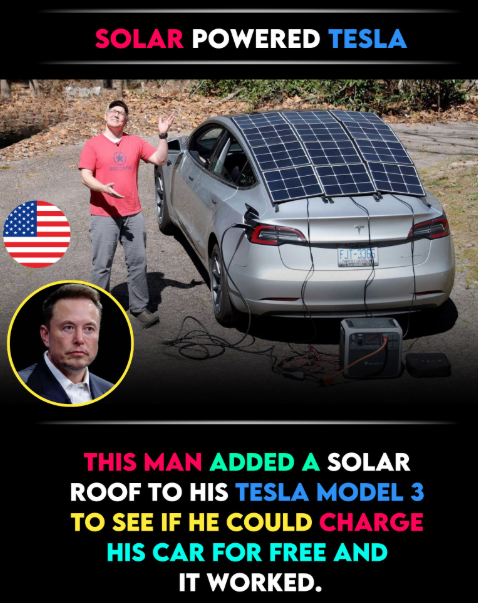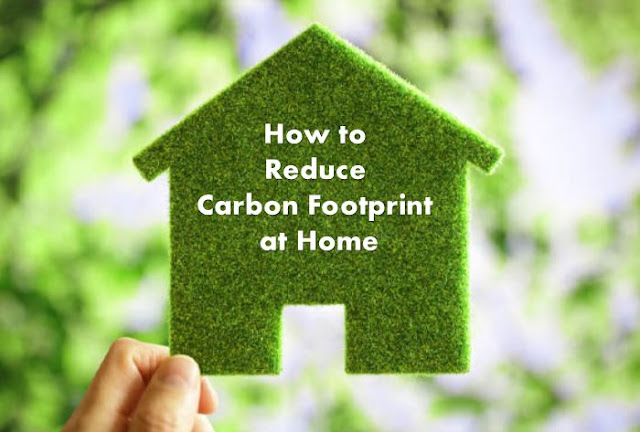Carbon
Reducing carbon footprint at home is a crucial part of combating climate change.
By implementing sustainable practices, individuals can contribute to a greener future. This article provides practical steps supported by facts and data to help you lower your carbon footprint and make a positive impact on the environment.
Reduce Carbon Footprint at Home Practical Steps for a Greener Future
1. Optimize Energy Efficiency
Improving energy efficiency is a key strategy to reduce carbon emissions at home. According to the U.S. Environmental Protection Agency (EPA), energy-efficient upgrades, such as using LED bulbs and properly insulating your home, can save up to 30% on energy bills and reduce carbon emissions by 1,500 pounds per year.
2. Embrace Renewable Energy
Transitioning to renewable energy sources is an effective way to reduce your carbon footprint. Installing solar panels on your roof can generate clean electricity and significantly lower emissions. The National Renewable Energy Laboratory (NREL) reports that the average residential solar panel system can offset 3-4 tons of CO2 emissions annually.
3. Choose Energy-Efficient Appliances
When it’s time to replace household appliances, opt for energy-efficient models. Look for appliances with ENERGY STAR labels, as they are designed to consume less energy. The U.S. Department of Energy estimates that ENERGY STAR-certified appliances can save you up to 30% on energy usage, reducing both your utility bills and carbon emissions.
4. Practice Sustainable Transportation
Transportation is a major contributor to carbon emissions. Minimize your impact by using public transportation, carpooling, or biking whenever possible. The Union of Concerned Scientists states that taking public transit can reduce carbon emissions by over 20 pounds per day, while biking can eliminate up to 1 ton of CO2 emissions per year.
5. Reduce Water Consumption
Conserving water not only helps preserve this valuable resource but also reduces carbon footprint. According to the EPA, by fixing leaky faucets and using water-efficient fixtures, the average household can save around 10,000 gallons of water per year. Lowering water usage decreases the energy needed for water treatment and distribution, thereby reducing associated carbon emissions.
6. Embrace Sustainable Eating Habits
Making sustainable food choices can significantly impact your carbon footprint. Reduce meat consumption and opt for plant-based meals, as livestock production is responsible for a significant portion of global greenhouse gas emissions. The World Resources Institute estimates that a plant-based diet can lower an individual’s carbon footprint by up to 0.8 tons of CO2 per year.
7. Minimize Waste and Recycle
Reducing waste and recycling are vital steps in lowering carbon emissions. The EPA reports that recycling one ton of paper can save around 3.3 metric tons of CO2 emissions. Additionally, composting organic waste reduces methane emissions from landfills. By practicing waste reduction and recycling, you can contribute to a circular economy and minimize greenhouse gas emissions.
Conclusion How to Reduce Carbon Footprint at Home
Reducing your carbon footprint at home is within your reach.
By optimizing energy efficiency, embracing renewable energy, choosing sustainable transportation, reducing water consumption, adopting sustainable eating habits, and minimizing waste, you can make a positive impact on the environment.
Together, these actions will contribute to a greener future and help combat climate change for generations to come.
https://www.exaputra.com/2023/06/how-to-reduce-carbon-footprint-at-home.html
Renewable Energy
Election Fraud Doesn’t Merit Jail Time? Guess Not
 From “The Grio”:
From “The Grio”:
Austin Smith, a former Republican state representative in Arizona, has pleaded guilty to charges for forging signatures on his 2024 re‑election campaign petitions. He admitted to submitting nomination papers with names of deceased individuals and other forged entries. The plea agreement calls for probation, a fine of $5,000 and a five‑year ban on seeking public office. Meanwhile, Smith had served as a senior director (and briefly strategic director) of Turning Point Action, the 501(c)(4) advocacy arm of the conservative youth group Turning Point USA and resigned from that leadership role when the allegations surfaced. Through his dual role as lawmaker and conservative organizer, Smith’s case underlines questions of campaign integrity and the responsibilities of politically active organizations.
I would have thought (and hoped) that election fraud would merit some jail time.
Renewable Energy
Why Not Behead Dissidents? It Worked for Millennia
 A segment of Newsmax tonight began with many clips from commentators from both parties saying that Donald Trump is the most powerful person in the word. “All right, enough!” the host finally interjected. “Well, if he is the most powerful person in the world, why can’t he appoint whoever (sic) he wants to prosecute James Comey and Letitia James?”
A segment of Newsmax tonight began with many clips from commentators from both parties saying that Donald Trump is the most powerful person in the word. “All right, enough!” the host finally interjected. “Well, if he is the most powerful person in the world, why can’t he appoint whoever (sic) he wants to prosecute James Comey and Letitia James?”
Well, we do have a few sticking points here.
We have the U.S. Constitution, and 200+ years of rule of law, and the concept that no one is above the law.
And we have the question, “Given that they have taken stances against Trump, why not have them both summarily beheaded?” Given that we no longer have a balance of powers among the supposedly three co-equal branches of government, what’s the big deal?
Three hundred years ago, that’s precisely would have happened to people who took public stances against a king.
We either stand for freedom and loyalty to a constitution — or we don’t. We can’t have it both ways.
Renewable Energy
Solar PV on a Car’s Roof
 There is no need to physically attach solar panels to your car’s roof to determine if it will charge your car. Of course it will while it’s in the sun. Let’s do some math:
There is no need to physically attach solar panels to your car’s roof to determine if it will charge your car. Of course it will while it’s in the sun. Let’s do some math:
If:
The area of this Tesla’s roof is 2 square meters (being generous),
The efficiency of the panels is 25%,
The capacity factor of solar (depending on your location) is 20%,
The sun’s irradiance is 1000 watts per square meter,
The Tesla’s battery capacity is 100 KWhrs,
And we neglect the increased weight and drag of the array,
We’re talking about 100 hours, more than 4 days.
Doesn’t sound like a bargain, especially considering that if you overbuild the solar array on your roof and charge your car in your garage, you’ve achieved the same goal at far less expense and inconvenience.
-
Climate Change4 months ago
Guest post: Why China is still building new coal – and when it might stop
-
Greenhouse Gases4 months ago
Guest post: Why China is still building new coal – and when it might stop
-
Climate Change2 years ago
Spanish-language misinformation on renewable energy spreads online, report shows
-

 Greenhouse Gases2 years ago
Greenhouse Gases2 years ago嘉宾来稿:满足中国增长的用电需求 光伏加储能“比新建煤电更实惠”
-
Climate Change Videos2 years ago
The toxic gas flares fuelling Nigeria’s climate change – BBC News
-

 Climate Change2 years ago
Climate Change2 years ago嘉宾来稿:满足中国增长的用电需求 光伏加储能“比新建煤电更实惠”
-

 Carbon Footprint2 years ago
Carbon Footprint2 years agoUS SEC’s Climate Disclosure Rules Spur Renewed Interest in Carbon Credits
-
Renewable Energy5 months ago
US Grid Strain, Possible Allete Sale







